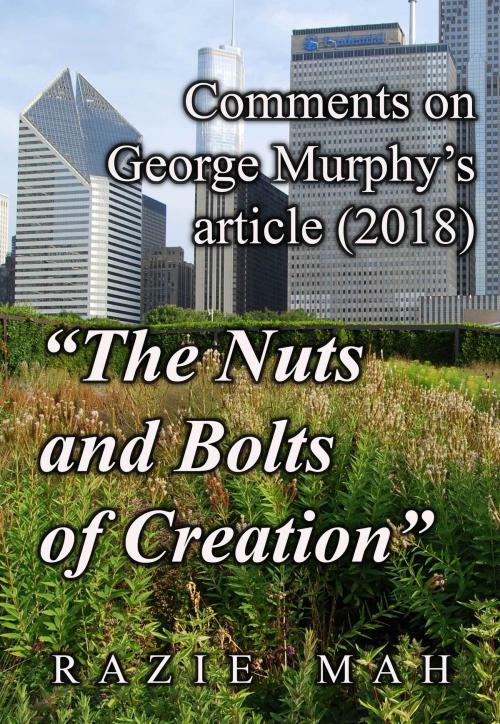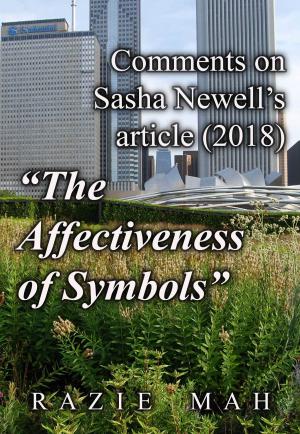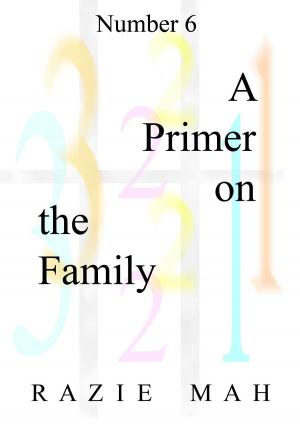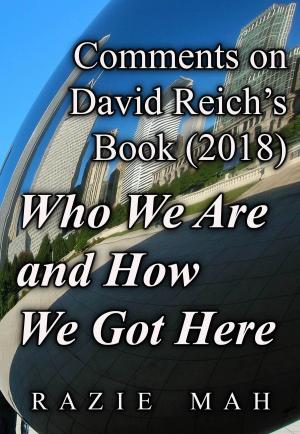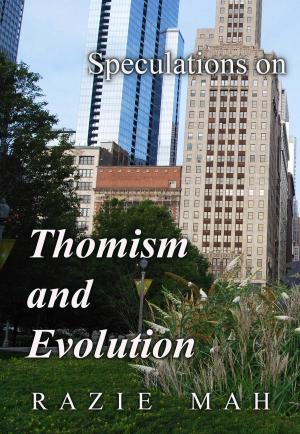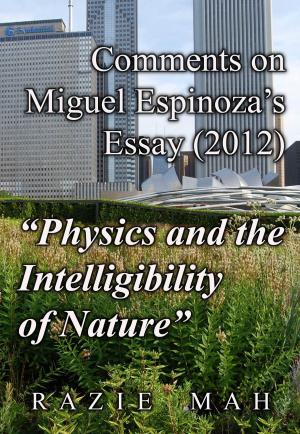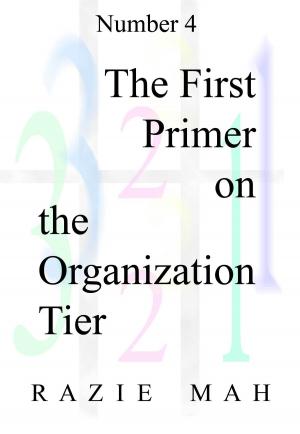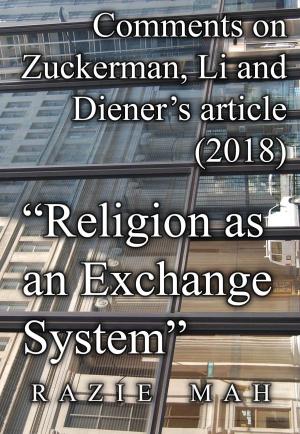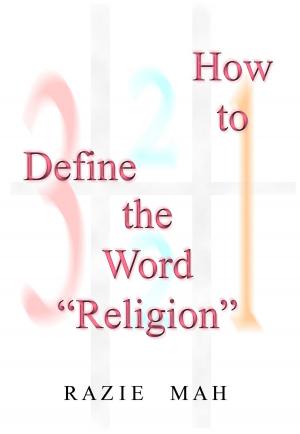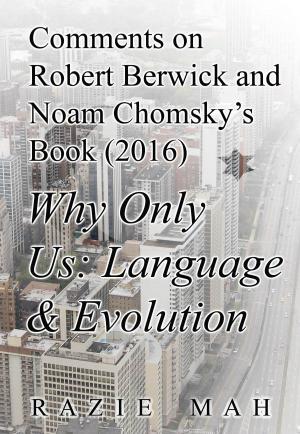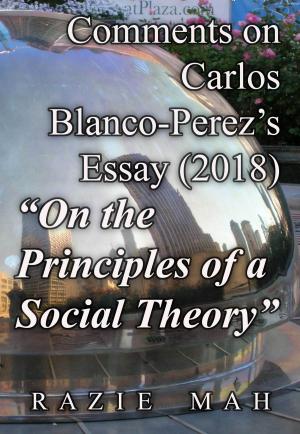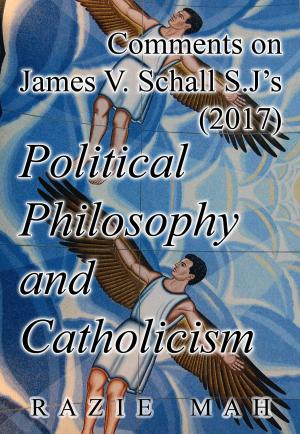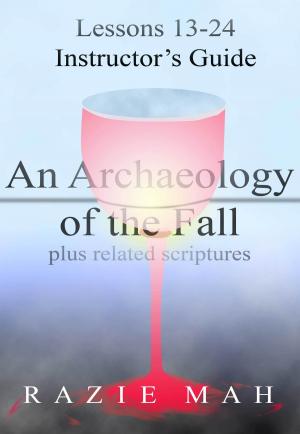Comments on George Murphy's Article (2018) "The Nuts and Bolts of Creation"
Nonfiction, Religion & Spirituality, Philosophy, Religious| Author: | Razie Mah | ISBN: | 9781942824473 |
| Publisher: | Razie Mah | Publication: | April 7, 2018 |
| Imprint: | Smashwords Edition | Language: | English |
| Author: | Razie Mah |
| ISBN: | 9781942824473 |
| Publisher: | Razie Mah |
| Publication: | April 7, 2018 |
| Imprint: | Smashwords Edition |
| Language: | English |
For 40 years, George Murphy has been examining the sciences from the viewpoint of the Trinity. In this article, he first considers how Christians came to appreciate the Trinitarian nature of God, especially when it comes to creation. God cooperates with creatures, respecting the capacities and limitations that He Himself endowed them. Thus, there is something akin to a "causal joint" between the actions of God and His creatures.
Mimicking the scientific principle of uniformitarianism, Murphy projects this portrait of a causal joint back into the beginning. He can see it in the formation of our solar system and our planet. He can see it going back all the way to a fraction of a moment after the Big Bang. The causal joint associates to God's self-emptying or "kenosis".
These comments rely on a category-based model for the presence underlying the word "religion" (appearing in How to Define the Word "Religion"). Religion is characterized by two types of objects in the society tier. One type of object is organizational. Organizational objects define an institution and inform an organization. The other type is relational. The relational object brings all into relation. It serves as the actuality in the normal context of "assume". It is powered by the potential of consilience.
This relational object belongs to actuality. Therefore, it is dyadic, consisting in two contiguous elements. For Christians, the two elements are triadic relations. One relation is theological. The other is cosmological or anthropological. The contiguity between these two relations consists in the dual natures of Christ.
Seventy years ago, Eric Voegelin described the Christian relational object as the most differentiated in human history. He concluded that all other relational objects must be compared to this.
Murphy's investigations are interesting and stand alone. But, in as much as they discuss the Trinity and science, they are open to models based on the philosophy of Charles Peirce. Peirce re-discovered triadic relations. What a productive revelation it has turned out to be.
Attend to a Trinitarian understanding of God. The rest will follow.
For 40 years, George Murphy has been examining the sciences from the viewpoint of the Trinity. In this article, he first considers how Christians came to appreciate the Trinitarian nature of God, especially when it comes to creation. God cooperates with creatures, respecting the capacities and limitations that He Himself endowed them. Thus, there is something akin to a "causal joint" between the actions of God and His creatures.
Mimicking the scientific principle of uniformitarianism, Murphy projects this portrait of a causal joint back into the beginning. He can see it in the formation of our solar system and our planet. He can see it going back all the way to a fraction of a moment after the Big Bang. The causal joint associates to God's self-emptying or "kenosis".
These comments rely on a category-based model for the presence underlying the word "religion" (appearing in How to Define the Word "Religion"). Religion is characterized by two types of objects in the society tier. One type of object is organizational. Organizational objects define an institution and inform an organization. The other type is relational. The relational object brings all into relation. It serves as the actuality in the normal context of "assume". It is powered by the potential of consilience.
This relational object belongs to actuality. Therefore, it is dyadic, consisting in two contiguous elements. For Christians, the two elements are triadic relations. One relation is theological. The other is cosmological or anthropological. The contiguity between these two relations consists in the dual natures of Christ.
Seventy years ago, Eric Voegelin described the Christian relational object as the most differentiated in human history. He concluded that all other relational objects must be compared to this.
Murphy's investigations are interesting and stand alone. But, in as much as they discuss the Trinity and science, they are open to models based on the philosophy of Charles Peirce. Peirce re-discovered triadic relations. What a productive revelation it has turned out to be.
Attend to a Trinitarian understanding of God. The rest will follow.
